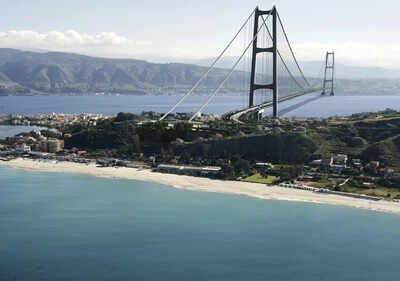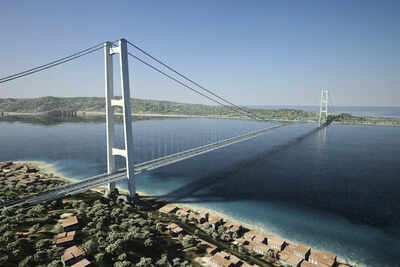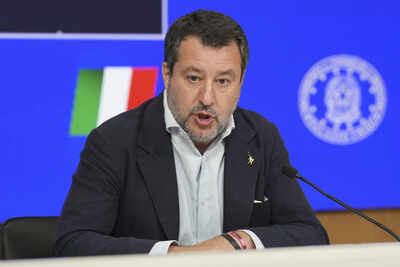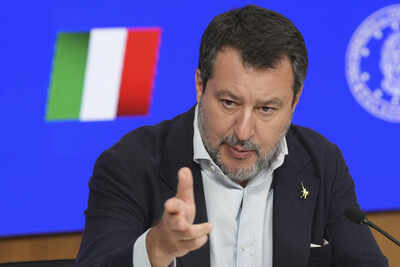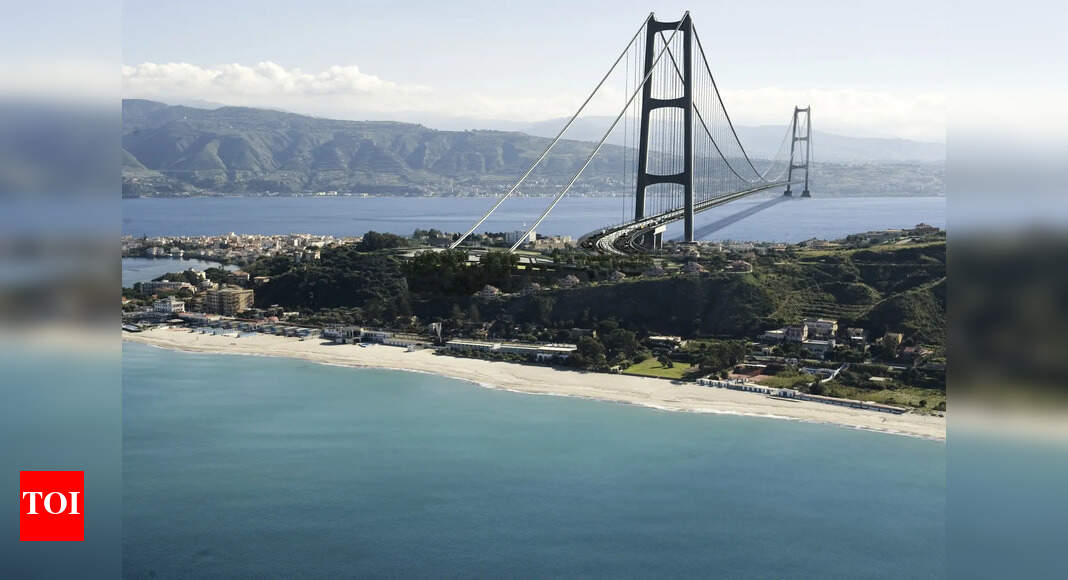
Italy on Wednesday cleared way for the construction of the world’s longest suspension bridge, linking the mainland to Sicily, as part of a €13.5 billion ($15.5 billion) project.The move marks Italy’s effort to strengthen Italy’s southern infrastructure and align the project with broader security goals following pressure from US President Donald Trump on NATO allies to increase their military investments. Transport Minister Matteo Salvini said the Strait of Messina Bridge would be “the biggest infrastructure project in the West,” after a strategic interministerial committee approved the plan. The bridge’s suspended span is set to reach 3.3 kilometres, surpassing Turkey’s Canakkale Bridge by 1,277 metres, making it the world’s longest suspension bridge, reported AP.Prime Minister Giorgia Meloni called the bridge “an engineering symbol of global significance,” as Salvini highlighted its expected economic impact, including 120,000 new jobs annually and faster connectivity for the country’s underdeveloped south. The project will include three car lanes in each direction alongside a double-track railway, allowing for the movement of 6,000 cars per hour and up to 200 trains a day. Salvini said the bridge would cut the ferry crossing time from up to 100 minutes to just 10 minutes by car and reduce train transit times by up to two-and-a-half hours. Preliminary work is expected to begin between late September and early October, pending approval from Italy’s court of audit. Construction is scheduled to start next year, with completion targeted between 2032 and 2033. Originally conceived during the Roman era, the project has seen decades of false starts since Italy first solicited proposals in 1969. The current iteration, revived in 2023 by the Meloni government, is the closest the plan has come to breaking ground.Italian government has indicated to classify the bridge as a defence-related project, which could help it count towards NATO’s target of 5% of GDP spending, particularly under a 1.5% security component. Salvini said this would position the bridge as a “security-enhancing infrastructure” that could facilitate rapid troop and equipment movement along NATO’s southern flank. However, he noted that the final decision rests with the defence and economy ministries. Environmental groups have raised alarms with the EU, expressing concerns over potential harm to migratory birds. They argue that current studies fail to prove the project meets the criteria of a public imperative or sufficiently offsets environmental risks.


